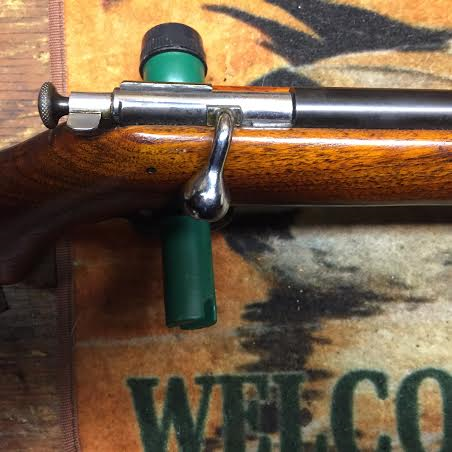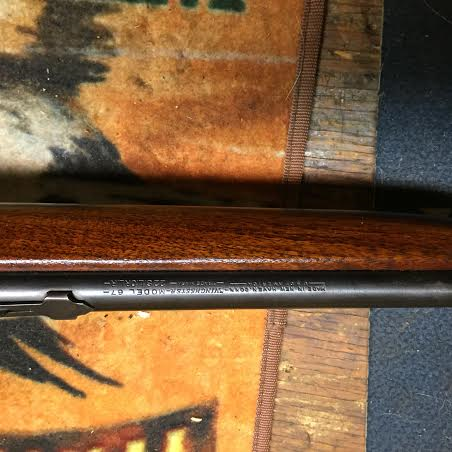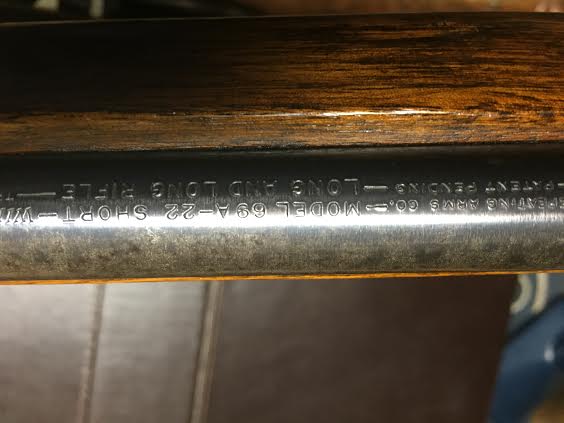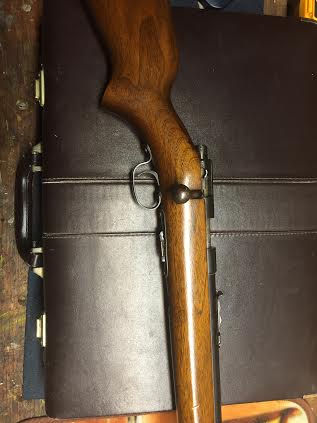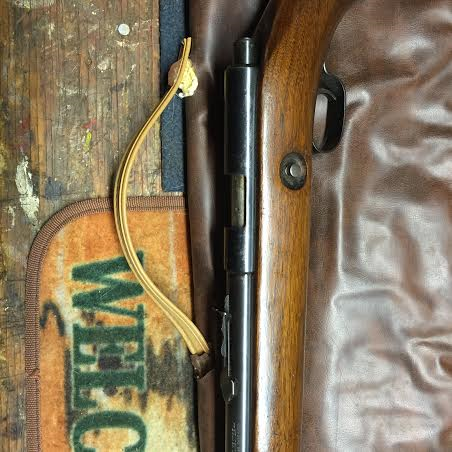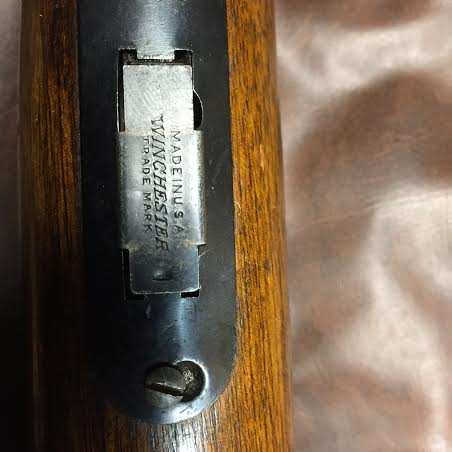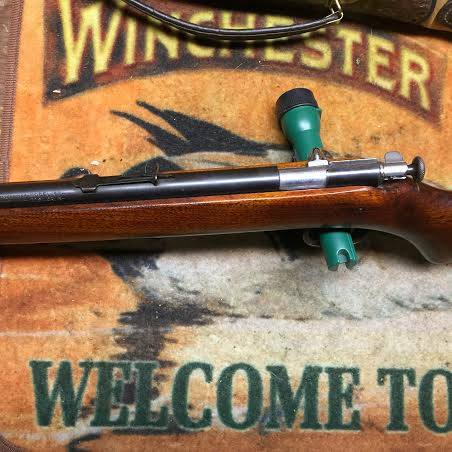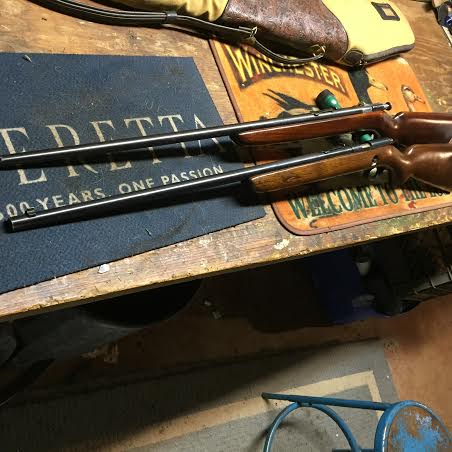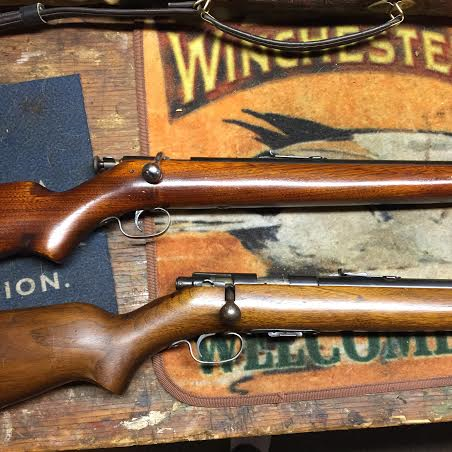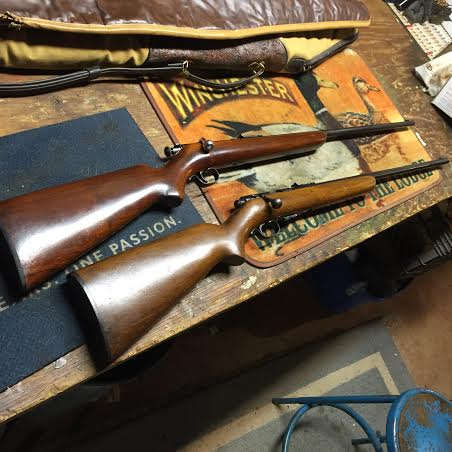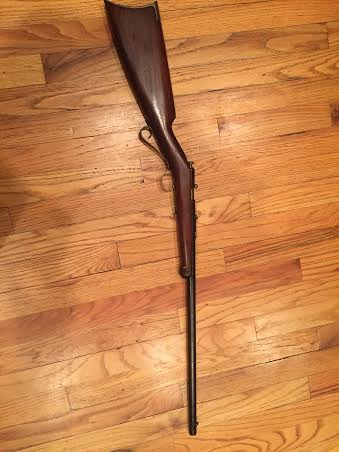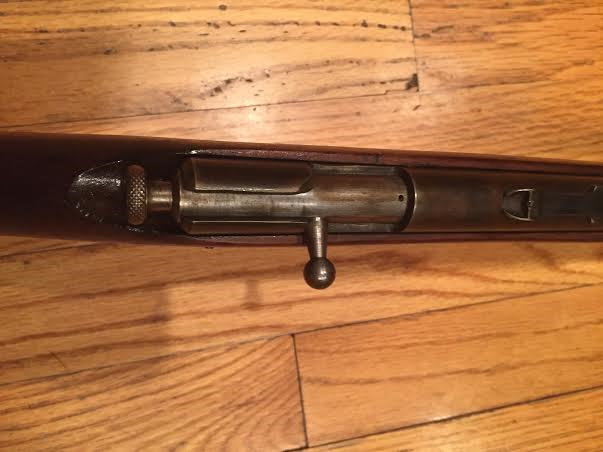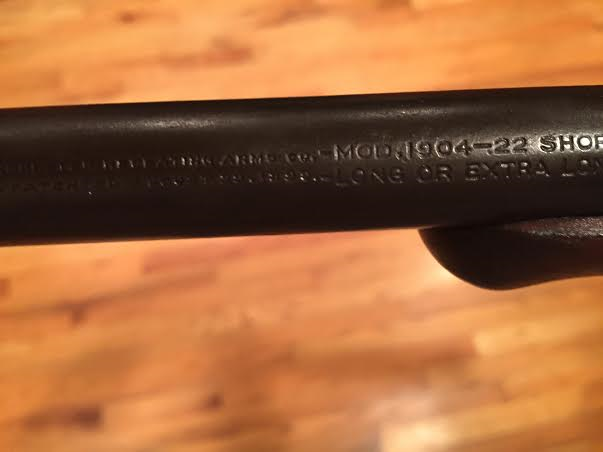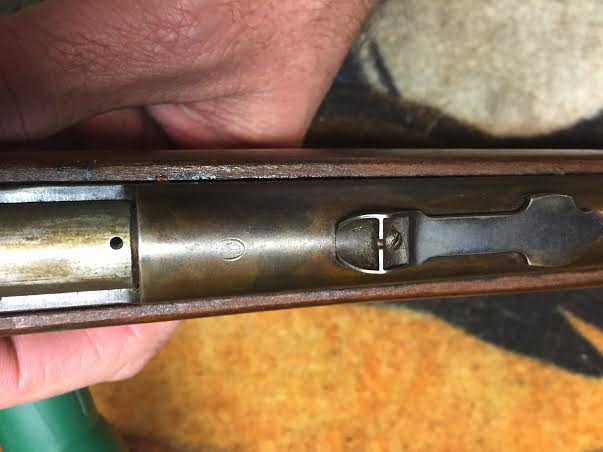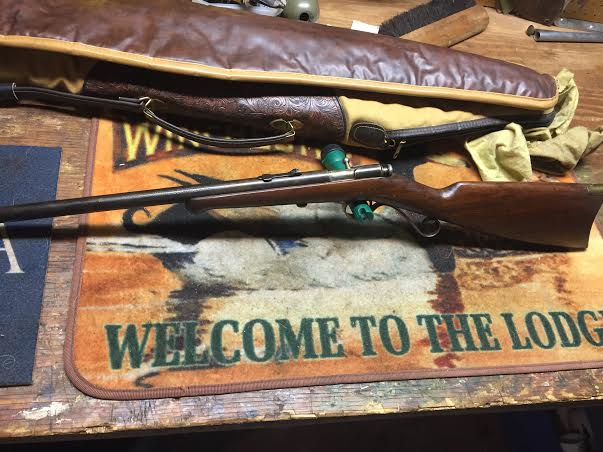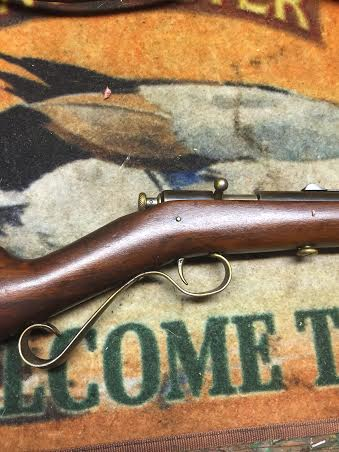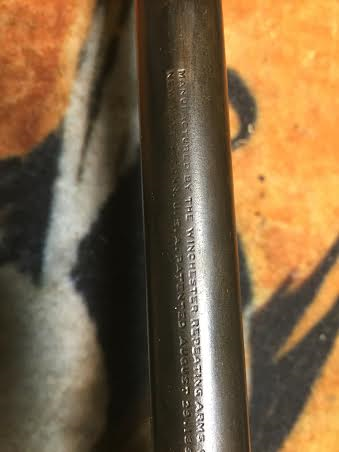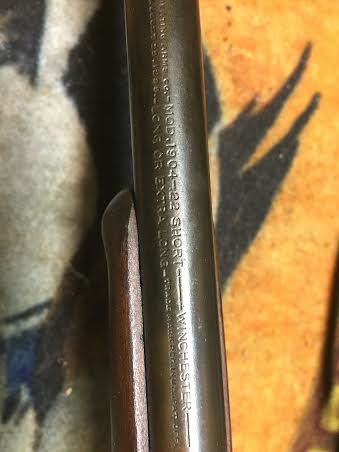Yes, you can narrow it down to various eras based on the catalog model, barrel markings, style of stock and changes to the minor components. Post a couple of pictures and we can help you determine the date. Additionally, a small percentage of Model 69’s have a 2 digit barrel date stamped on the underside in front of the receiver.
Regards,
WACA Life Member #6284 - Specializing in Pre-64 Winchester .22 Rimfire
Your 69A was made in 1946, it has the post WWII tapered forend but the earlier barrel marking which was changed in Nov. 1946.
The 67 is a little harder to nail down. Yours was made post WWII between 1946 and 1948 with a post WWII tapered forend but the earlier Model 67 (not 67A) designation.
Hope that was what you were looking for. They both look like very nice specimens.
Regards,
WACA Life Member #6284 - Specializing in Pre-64 Winchester .22 Rimfire
JWA said
Your 69A was made in 1946, it has the post WWII tapered forend but the earlier barrel marking which was changed in Nov. 1946.
The 67 is a little harder to nail down. Yours was made post WWII between 1946 and 1948 with a post WWII tapered forend but the earlier Model 67 (not 67A) designation.
Hope that was what you were looking for. They both look like very nice specimens.
Regards,
JWA – Excellent information. Do know approximately when the receiver was grooved for a scope? I have an excellent condition 69A with factory grooved receiver. Thank You. Dick (Win 61)
The grooves on top of the 69A receiver were added mid-1954 per Winchester Change of Product Notice 3022. The 69A receiver drawing was revised June 4, 1954 to reflect the change.
Hope that helps.
Regards,
WACA Life Member #6284 - Specializing in Pre-64 Winchester .22 Rimfire
I agree, 1914-1919 and defer to Houze’s research. The short, long and extra long chambering was introduced 1914 and the 1904 designation was changed to ” 04″ in 1919 (known as the provisional marking where the “19” was removed from the roll die). Houze calls this the 1904 Variation 3.
Unlike WWII, production was not halted on civilian arms during WWI and many of the purchases made by the U.S. and foreign governments such as England and France during the war were commercially produced guns.
During WWI Australians were still purchasing massive amounts of .22 single shot rifles to combat the estimated 10 billion feral rabbits overunning the farmlands. Many many single shot .22 Winchesters found their way to Australia during that time.
Regards,
WACA Life Member #6284 - Specializing in Pre-64 Winchester .22 Rimfire
1 Guest(s)


 Log In
Log In Members
Members Home
Home

 Add Reply
Add Reply Add Topic
Add Topic


 Offline
Offline
